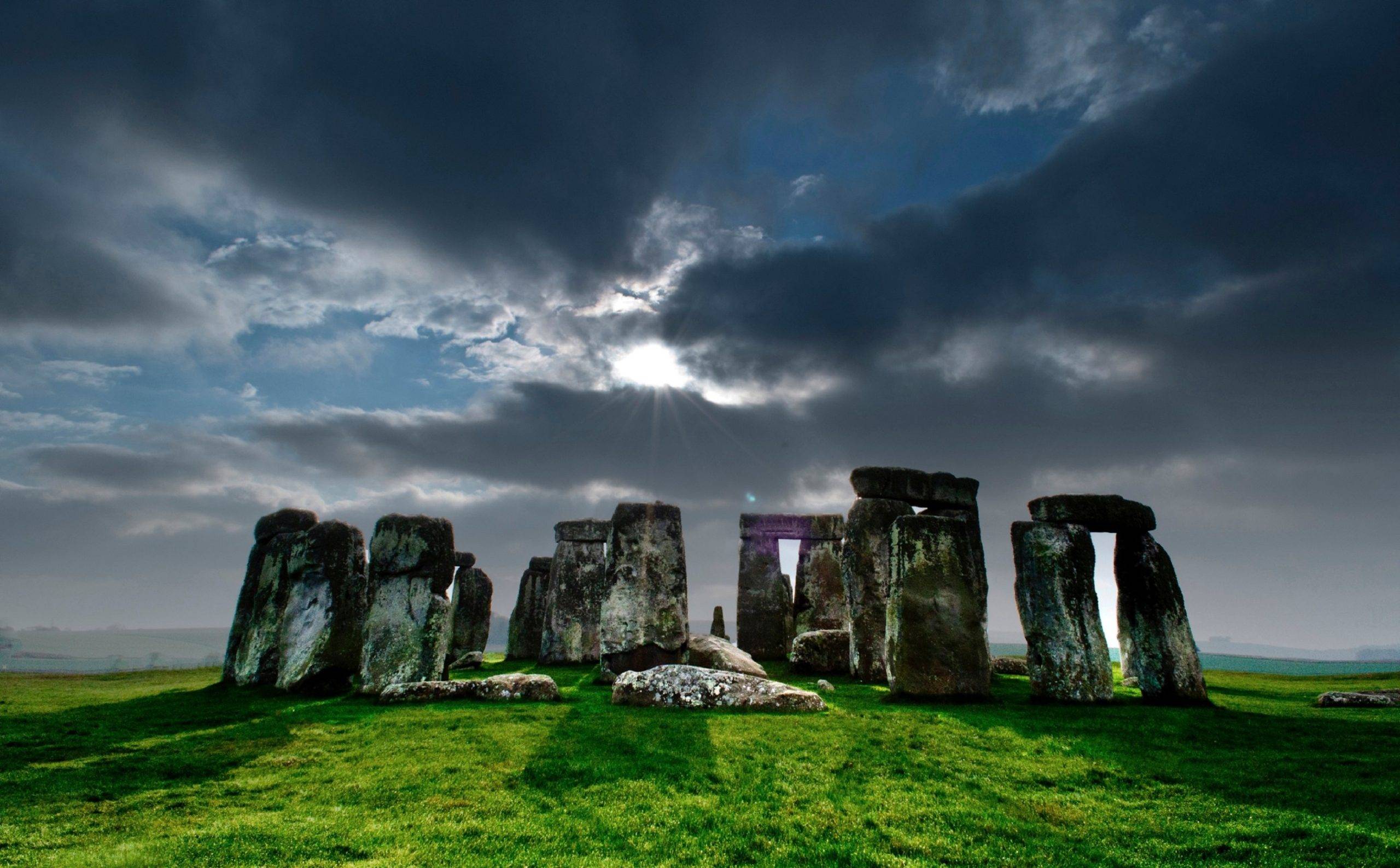Wurdi Youang is an ancient stone arrangement located in Victoria, Australia. It holds significance as one of the oldest known astronomical sites in the world. This site, constructed by the Indigenous Wathaurong people, is often compared to similar structures, such as Stonehenge. Its purpose and use in early Aboriginal culture highlight the advanced understanding of…
Megalithic Structures
Megalithic structures, monumental in both size and historical significance, have captivated the human imagination for millennia. These ancient constructions, primarily built during the Neolithic to the early Bronze Age, around 4000 BC to 2500 BC, are found across various parts of the world, from the windswept plains of Europe to the rugged landscapes of Asia. The term “megalith” itself is derived from the Ancient Greek words ‘megas’, meaning great, and ‘lithos’, meaning stone, aptly describing the sheer size and weight of these structures.
The Purpose Behind Erecting Megaliths
The functions of megalithic structures have been a subject of extensive study and debate among historians and archaeologists. While the exact purposes vary across different cultures and geographical locations, several common uses have been identified. Many megaliths are believed to have served as burial sites, with dolmens and passage graves providing a final resting place for the deceased. This funerary aspect suggests a reverence for the dead and possibly beliefs in an afterlife. In addition to their role as burial sites, some megalithic structures are thought to have had astronomical significance. The precise alignment of stones with celestial events, such as the solstices and equinoxes, points to an advanced understanding of the movements of the sun, moon, and stars. Stonehenge, perhaps the most famous megalithic structure, exemplifies this astronomical alignment, with its stones positioned to mark the summer and winter solstices. 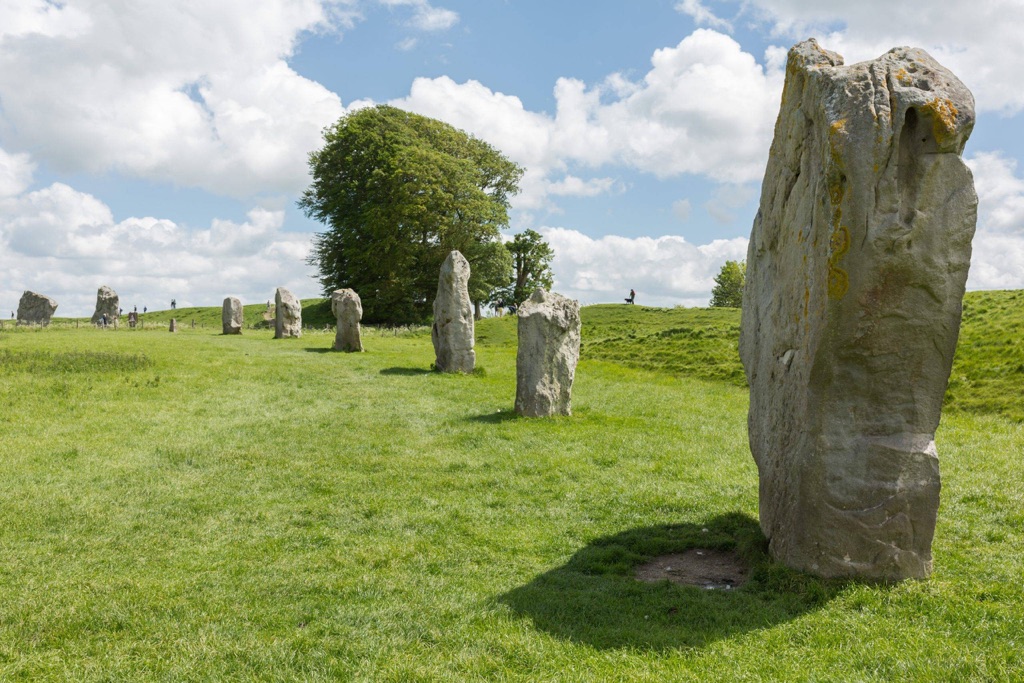
Architectural Techniques and Construction Challenges
The construction of megalithic structures is a testament to the ingenuity and resourcefulness of ancient societies. The transportation and erection of massive stones, some weighing several tons, would have required not only physical strength but also sophisticated engineering techniques. Theories on how these ancient peoples accomplished such feats include the use of wooden rollers, sledges, and lever systems. The construction of megaliths likely also demanded a high degree of social organization and communal effort, indicating a well-structured society with the capability to mobilize large groups for collective projects.
Megaliths as Symbols of Collective Identity
Beyond their functional and astronomical significance, megalithic structures may have served as powerful symbols of collective identity and social cohesion. The monumental effort required to construct these megaliths suggests that they were of great importance to the communities that built them. They could have acted as landmarks, territorial markers, or centers for social and religious gatherings, playing a central role in the cultural and spiritual life of the society.
Megalithic Sites around the world
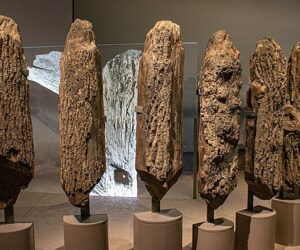
Seahenge
Seahenge is a prehistoric timber circle discovered off the coast of Norfolk, England, in 1998. This remarkable structure dates back to 2049 BC, during the early Bronze Age. Also known as Holme I, the site provides a rare glimpse into ancient ritual practices. Discovery and Excavation Seahenge was uncovered in the sand at Holme-next-the-Sea due…
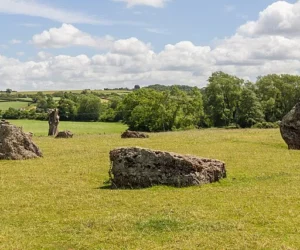
Stanton Drew Stone Circles
The Stanton Drew stone circles are a significant prehistoric monument in Somerset, England. These circles date back to the Late Neolithic period, around 3000 BC. Located in the Chew Valley, they are the third-largest stone circle complex in England, following Avebury and Stonehenge. Description of the Stone Circles The site consists of three distinct stone…
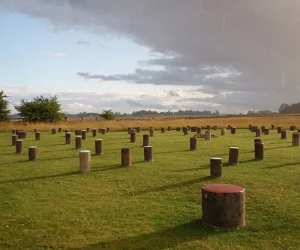
Woodhenge
Woodhenge is a prehistoric monument located near Stonehenge in Wiltshire, England. Discovered in 1925, it dates back to around 2300 BC, during the late Neolithic or early Bronze Age. The site consists of six concentric rings of timber posts, which likely supported a roof or formed a freestanding structure. Its purpose remains debated among archaeologists….
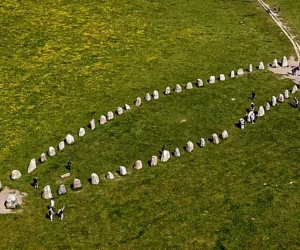
Ale’s Stones
Ale’s Stones (Ales stenar) is one of Sweden’s most famous ancient monuments. Located near the village of Kåseberga in southern Sweden, this megalithic structure consists of 59 large stones arranged in the shape of a ship. The stones form a 67-meter-long outline, and the site is perched on a hill overlooking the Baltic Sea. The…

Ballochroy
Ballochroy is an important prehistoric site located on the Kintyre Peninsula in Scotland. It consists of three standing stones aligned in a triangular formation, dating back to the Bronze Age (around 2000 BC). This alignment suggests that the site was used for astronomical purposes, with the stones positioned to mark solar or lunar events such…

